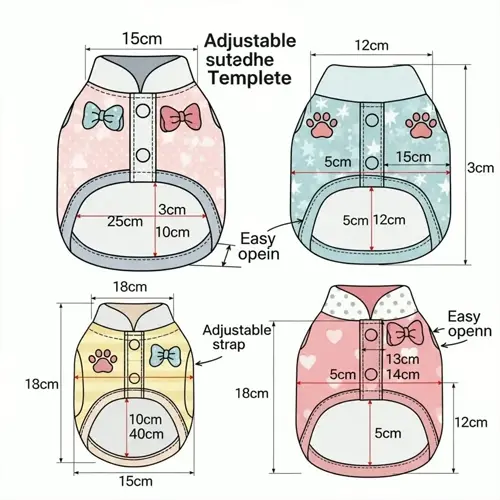Why do some oppose crate training?

Written by
David Smith
Reviewed by
Prof. Henry Webster, Ph.D.The idea of crate training has gone through a lot of criticism due to the welfare and abuse aspects of it. Most people argue that puppy crates are misused in these areas. They become punishment tools instead of safe environments for animals. Ethical complaints regarding crate training involve the time periods during which dogs are in the crates. Their need for movement to fulfill their natural tendencies is disregarded. The use of crates can be justified if they are used properly.
Misuse Cases
- Using crates for punishment creates fear associations
- Exceeding safe confinement durations regularly
- Substituting crates for proper exercise and stimulation
- Ignoring distress signals during confinement
Ethical Considerations
- Violating freedom of movement rights
- Causing psychological harm through isolation
- Prioritizing owner convenience over welfare
- Disregarding breed-specific exercise requirements
Ethically, the opposition hinges on welfare violations. If dogs are confined more than 4-5 hours a day, their bodies will suffer. In captivity, there is not enough room for natural stretching and turning. Dogs that are moved away from other dogs suffer mental damage because of anxiety disorders that develop. Such behavior contravenes modern standards of animal welfare, which necessitate treatment tailored to the species.
Embarking on crate training with your puppy entails recognizing and taking into consideration physical and mental limitations. Always follow veterinarians' recommendations on time limits for confinement. Always use voluntary entry into the crate. Never force confinement. Adequate play and exercise should be provided. Watch for signs of stress, including excessive panting. Adjust training to the individual.
Opposition decreases as severe education on humane implementations is given. Many opposed agree with the crates operation as a temporary haven, not a cool permanent solution. Demonstrating positive reinforcement techniques changes people's perspectives. The balance is between safety needs and freedom needs.
Read the full article: 10 Essential Dog Crate Training Steps

